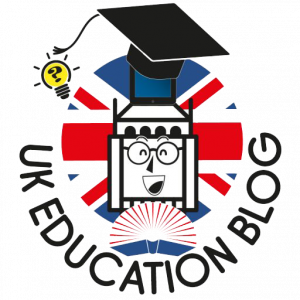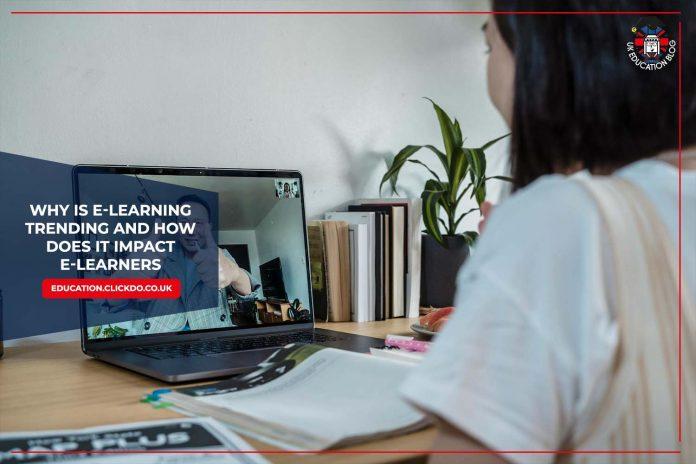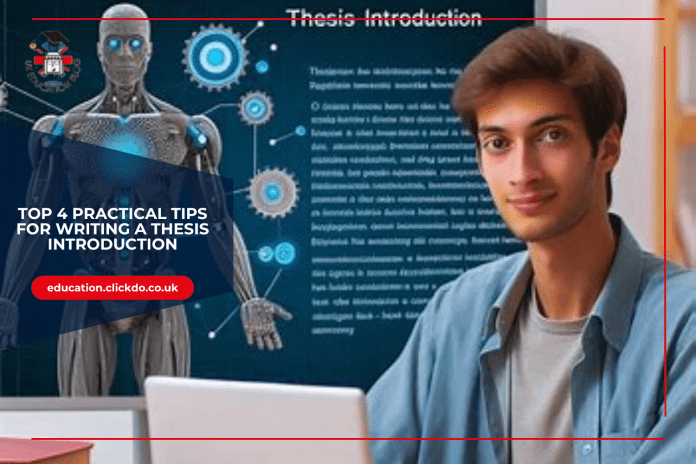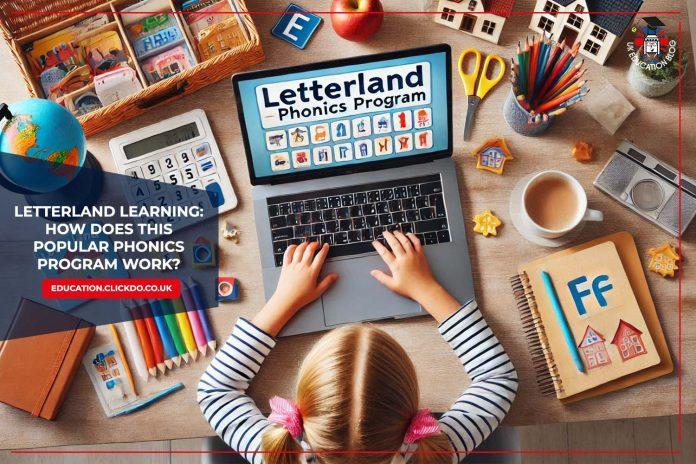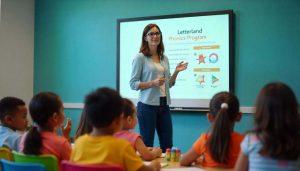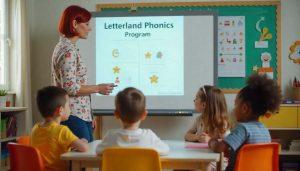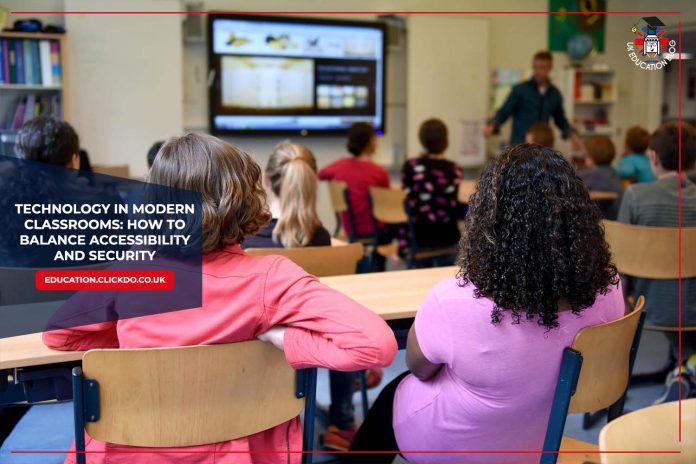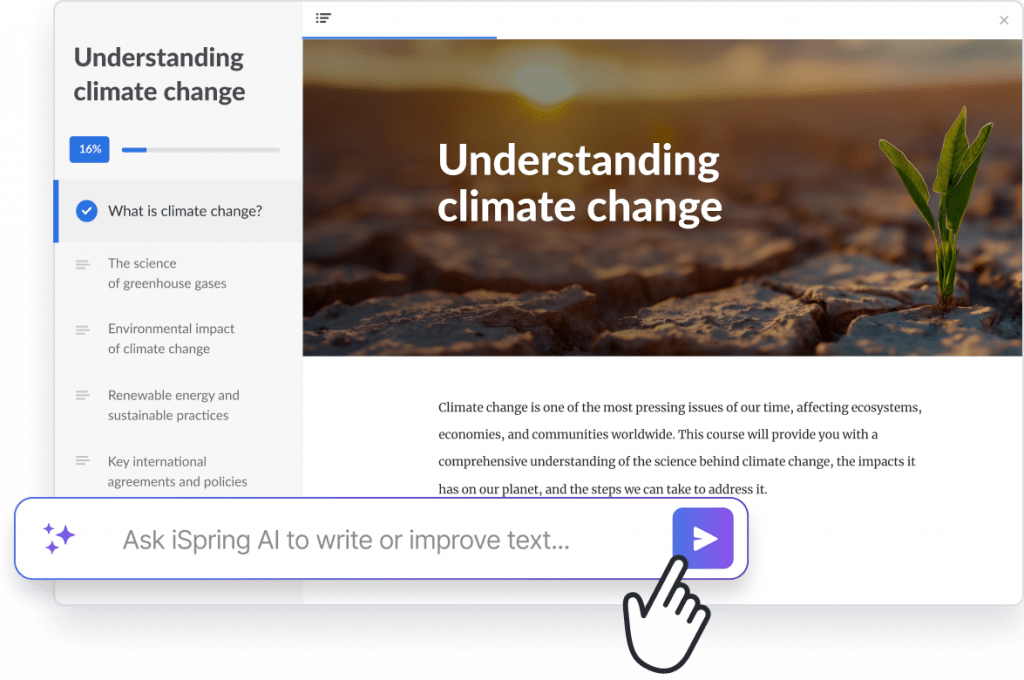GCSE (General Certificate of Secondary Education) is a qualification exam for students aged 16 in the UK.
Almost 60 GCSE subjects are available for students depending on what their schools offer, with the following core subjects:
- English: English Language and English Literature
- Mathematics: A core subject for all students
- Science: Biology, Chemistry, and Physics, or Combined Science
- Modern Foreign Language: A choice of French, Spanish, German, or another language
and the following additional subjects:
History, Geography, Art, Religious Studies, Computer Science, Physical Education, Music, Drama, and Citizenship.
Preparing for GCSE exams is made easier when a student uses the help of subject tutors. However, it may be hard for students and parents to find suitable tutors in their neighbourhood. That is why online GCSE tuition is a preferred mode of learning these days.
However, there are still doubts regarding which of the many online tutoring platforms provide the best learning experience.
With the remote learning opportunity, students can connect with qualified tutors from anywhere, making it an accessible and efficient way to supplement classroom education. Whether it’s to clarify concepts, prepare for exams or develop study skills, these online tutors of GCSE examination will empower the students to achieve their goals in 2025.
To save you the worry, we have curated the top 9 GCSE Online tutors in the UK for you in no particular order. Read this article to know more about the best-rated GCSE online tutors and why they are the most preferred.
Disclaimer: All information provided may be subject to change. Our recommendations are based on the GCSE Online Tutors’ overall ratings from higher to lower.
Top 9 GCSE Online Tutors in the UK
1. Go Student

Contact:
- Website: Go Student
- Call: Ping at +447576171399 and schedule a call.
Go Student is not just a tutoring platform but it is your academic accelerator. The verified online tutors of Go Student offer personalised GCSE support by which 70% of failing students achieve passing grades. With a global network of expert tutors, Go Student connects you with the perfect match to unlock your potential. The personalised approach of Go Student ensures tailored support in clearing a concept or exam preparation. The flexible scheduling and interactive lessons help you to learn at your own pace and achieve your goals.
Best features:
Go Student comprises top-quality tutors for every learning style and one-to-one lessons, personalised tutoring in this interactive virtual classroom closes any learning gap. It provides 50 minutes of live sessions that tailor the lesson to suit a student’s learning style. Personalised tutoring helps to achieve any learning goals. This tailored attention results in significant progress, with 93% of students experiencing improvement. There’s a digital whiteboard to visualise the concepts and share interactive exercises. In 50 minutes of the session, the tutors provide a lesson summary, which helps you keep track of progress. If you grab the membership, you will get personalised one-to-one lessons from top tutors, unlimited dashboard access and support 7 days a week.
GCSE subjects covered:
Go Student covers 30+ subjects including:
- Language group- German, Latin, English, Italian, Spanish
- Maths
- Science
- Humanities- History, Geography, regional studies
- Art- Music, Drama, Art, Media, Drama
- Technical- Food technology, design and technology, computer science
Pricing:
The cost of tutoring starts from £21.99/lesson. At first, you can book a free trial and then tailor the cost by choosing a lesson frequency and membership duration: more lessons mean a lower price per lesson.
Ratings & Review:
4.3 stars out of 5 with 18733 customer reviews on Trustpilot.
Awards and Accreditations:
- Go Student 2021
- EdTechX ESG & Impact winner 2022.
- Mumsnet Rated.
- Top Digital Buildungsanbieter 2022.
- Talent Awards 2022.
2. First Tutors

Contact:
First Tutors is a straightforward platform that is effortless to use. All you must do is go to the website, search for the tutors and you will find some amazing talents there. The tutors take reviews from existing clients, so you can choose a tutor with the confidence to succeed in the GCSE Exam.
Best Features:
Qualified tutors vetted with a thorough background check are only available on First Tutors. They are available in different price ranges. You can select them based on your affordability and timings. These tutors are professionals who will help you achieve your goals. Moreover, they also offer offline tuition if you prefer that. The learning experience is top-notch as told by the past students of First Tutors. This is the only learning platform that you may need for all your GCSE subject requirements.
GCSE subjects covered:
- Mathematics
- Biology
- Physics
- Chemistry
- Languages – English, French, German, Spanish
Pricing:
There is no hourly commission; you pay a one-off fee ranging from £9.99 to £34.99 to connect with the tutor and begin your lessons. There are no fixed-term commitments.
Reviews and Ratings:
4.8 stars out of 5 with 4705 customer reviews on Trustpilot.
3. MyTutor

Contact:
MyTutor is an online learning platform that provides complete online teaching for all subjects of GCSE. Being the most trusted website, MyTutor allows you to find a tutor of your choice from the list of options available.
Best Features:
The most attractive feature of MyTutor is that it does not ask for any fees until you have booked a tutor. They allow you to have a 15-minute free session with your desired tutor to find out if they meet your requirements. They have an effective filtering system through which you can filter out the tutors based on your liking. The filters let you find the exact tutor you are looking for.
GCSE subjects covered:
MyTutor teaches almost all the subjects covered in the syllabus of GCSE like
- Biology
- Physics
- English
- Mathematics
- Chemistry
- Dutch
- Arabic
- Classical Greek
Pricing:
One-to-one sessions start from £25/hr. Prices are divided into three packages as per the teaching experience of the tutors. You can select your requirements from any of those three.
- New tutors with great reviews: £25-£32.
- Tutors who have been teaching for over 6 months – £33- £48.
- Most accomplished tutors – £49- £67.
Reviews and Ratings:
Trustpilot is the most reliable website used by people to know reviews about companies. MyTutor has got 4.6 stars out of 5 and 3598 customer reviews on Trustpilot. This speaks volumes about the reliability of the MyTutor online platform.
4. The Profs

Contact:
It is safe to say that The Profs are the best GCSE online tutors. They offer both online and offline classes as per your liking. High-quality classes with interactive online sessions are curated by The Profs for students to learn and benefit from.
Best Features:
Quality GCSE tutors are found on this platform. You can be assured of the quality because the tutors are made to go through a rigorous interview before being selected and admitted to this platform. Unqualified tutors are filtered out earlier and only professionals are let in to teach students. Around-the-clock support, quality professionals, and lively online classes are the specialities of The Profs.
GCSE subjects covered:
A vast variety of subjects are covered by The Profs. For example,
- Languages – English
- Science
- Mathematics
- History
- Geography
You can check out the full list of subjects covered on their website.
Pricing:
The Profs request a one-time registration fee of £50 £70 for unlimited access to find tutors. £50 is transferred to your account if you refer a teacher and The Profs hire them.
Reviews and Ratings:
The profs have gathered an excellent rating of 4.9 out of 5 stars and 1704 customer reviews on Trustpilot.
Awards and Accreditations:
Not only are they great at tutoring, but they are also great at winning awards. Some of the awards that The Profs have gathered over the years are as follows.
- The Guardian Start-up of the Year – 2016
- FSB Awards – Highly recommended company of the year – 2016
- FSB London Business Awards – Highly Commended Best Start-up – 2017
- The Great British Entrepreneur Awards – Young Entrepreneur of the Year – 2017
- Education Investor Awards – Best Private Tuition Provider – 2017
- Department Of Education – Open Data Competition – 2018
- The Telegraph Trade Awards – Most Innovative SME Exporter – 2018
- Spear’s 500 – Top Recommended – 2019
- Forbes 30 Under 30 Europe – Social Entrepreneurs – 2019
- Tutor Association Award for Best Tuition Services in 2022.
5. Study MIND

Contact:
Study MIND, an official UK government partner is an online tutoring platform that helps students prepare for GCSE exams. The interactive online tutoring lessons maximise the potential of the learners.
Best Features:
Study MIND is one of the most renowned coaching for GCSE because it is an official UK government partner and has worked with several premium UK Universities including Bristol, King’s and more. It offers personalised guidance in areas where the students are struggling. The content prepared by the Study MIND is concept-driven and covers every specification.
GCSE subjects covered:
Study MIND offers a wide range of subjects such as.
- Language (English, Spanish, French, German)
- Maths
- Science
- Computer Science
- Geography
- History
- Politics
Pricing:
You can tailor the pricing by choosing the time duration; that is, more time duration leads to a lower fee. For example, the pricing of 20 hours of online classes is £36/hour. For more details, click here.
Ratings & Review:
4.7 stars out of 5 with 448 customer reviews on Trustpilot.
6. Tutorwiz

Contact:
Tutorwiz is a top online platform for teaching Mathematics and English.
Best Features:
The best feature is that they offer a free demo for all students. They can see the quality of the tutors for themselves and decide if they want to be associated with them. Tutorwiz’s online classes are very interactive. During those interactive sessions, the student can clear his doubts and get the right support. Personalised learning is made possible with weekly lesson plans.
Every Monday, a new lesson plan is provided for the entire week, specially curated for the student. Moreover, 24/7 tutor support is available whenever you need it. Tutorwiz also provides you with real-life rewards like movie tickets as you learn as motivation. They have streamlined their process, which proves to be efficient for the students.
GCSE subjects covered:
The main subjects that are covered by Tutorwiz are
Pricing:
A combined package of Mathematics and English is offered for £21. For individual classes, the prices vary depending on the tutor. Click here to book a free demo class for 2 weeks.
Reviews and Ratings:
Tutorwiz has a rating of 4.7 stars out of 5 and 214 customer reviews on Trustpilot.
Awards and Accreditations:
- 2022 Private Education Awards.
- FSB Member.
- The Tutors’ Association Corporate Member 2021-22.
- UK Enterprise Awards- Maths & English Education Platform of the Year 2023.
7. Principal Tutors

Contact:
Principal Tutors are the gateway to GCSE success. It is an International Award Winning private tuition provider where the expert tutors unlock potential, ignite passion and guide you towards academic excellence.
Best Features:
Principal Tutors have helped many students succeed in their GCSE Exams because all the tutors are qualified teachers with significant experience in the UK National Curriculum. Also, Principal Tutors will match you with a tutor who is well-matched to the students and their specific requirements. There is no minimum commitment; you can pay for the lessons you have.
It provides personal customer support so that you can contact them to discuss any aspect of your child’s education. The Principal Tutors provide the recording of a live session so that the student can check it during revision and it provides written feedback after every lesson. It uses various online resources for delivering lessons, notably including an ‘interactive whiteboard’ on which both the student and tutor can write. Lesson notes are usually provided as downloads to accompany each lesson. At the same time providing full one-to-one attention that is not possible with traditional schooling.
GCSE subjects covered:
The subjects covered by the Principal Tutors include:
- English
- A modern or ancient foreign language
- Science
- Computer science
- Mathematics
- History
- Geography
Pricing:
The fee for one-to-one tuition is £34/hour.
Ratings & Review:
4.9 stars out of 5 with 89 customer reviews on Google.
Awards and Accreditations:
- Tuition Provider of the year 2020.
- Central England Prestige Award Winner 2020-21.
- Global Awards Winner 2021-22.
- Northern Enterprise Awards.
- Business Excellence Awards.
- Tuition Enterprise of the year 2021-22.
- London & South-East England Prestige Awards 2022.
- Manchester & North-west Prestige Award 2022-23.
- Global Awards Winner 2023-24.
- Best of the best award winner 2023-24.
- Wealth & Finance Private Education Awards Winner 2024.
8. Talent Engaged Tuition

Contact:
Talent-engaged tuition isn’t just a tutoring service; it’s a spark that ignites young minds. The expert teachers don’t just provide knowledge; they inspire curiosity, critical thinking, and a lifelong journey of intellectual growth.
Best Features:
This OFSTED-registered institute is aligned with GCSE exam boards. The syllabus follows the main topics from exam boards and the students are taught one specific topic per lesson that keeps everyone aligned to a single goal of mastering that topic. The GCSE lessons run live sessions with an average of 5-6 students. Therefore, during the live class, the tutors can focus on each student. The collaborative environment helps the tutors to make a conscious effort to engage and involve every student in class to have productive and helpful conversations.
GCSE subjects covered:
For GCSE, Talent Engaged Tuition offers tuition for the following subjects:
Pricing:
The fee for small groups starts from £12.50/hr and one-to-one lessons from £30/hr.
Ratings & Review:
4.7 stars out of 5 with 57 customer reviews on Trustpilot.
9. My GCSE Tutors

Contact:
Specialising in tutoring just for GCSE students, this online tutoring platform is the first choice of all students. They provide an outstanding service in tutoring the students for GCSE.
Best Features:
All your tutoring needs are met on this single platform. Numerous tutors are available on this platform with different rates, timings, and reviews. The complete profile of the tutor is put in front of you to give you a clear understanding of the tutor. Along with that, reviews about the particular tutor are also available in their profile. This online platform lets you arrange a free meeting with your tutor to get to know more about them beforehand. The chosen tutor will be available for you to take classes as agreed once the payment is done. It is a simple and easy process to find your preferred tutor.
GCSE subjects covered:
My GCSE tutors cover the following subjects related to the curriculum.
- Languages – English, French, Spanish
- Maths
- Science
Pricing:
The price for tutors varies according to their experiences and teaching abilities. So the pricing will be based on the type of tutor you choose. One-to-one sessions start from £50 per session and a small group of 3 students costs £90 per session. It can range from £42 per hour to £100 per hour.
Reviews and Ratings:
You can find reviews of each tutor from other students on their website. Overall, My GCSE Tutors have got a rating of 5 out of 5 stars with 5 customer reviews on Google.
Awards and Accreditations:
- Education Endowment Foundation.
- National Tutoring Program.
- The Tutors’ Association Corporate Member 2023-24.
Conclusion
These are some of the best tutors that are teaching GCSE online. Learning the syllabus for GCSE has been made easy with these platforms. They can understand all your queries regarding the subject and are providing great services to the students. Students can check each of these websites individually, meet the tutors online and find out if they are suitable for them.
We hope this article provides you with satisfactory information regarding the top GCSE online tutors in the UK. For educators interested in becoming an online tutor, please head to our online tutoring jobs page.
If you want us to add a suggestion here based on your experience, please get in touch with us!



